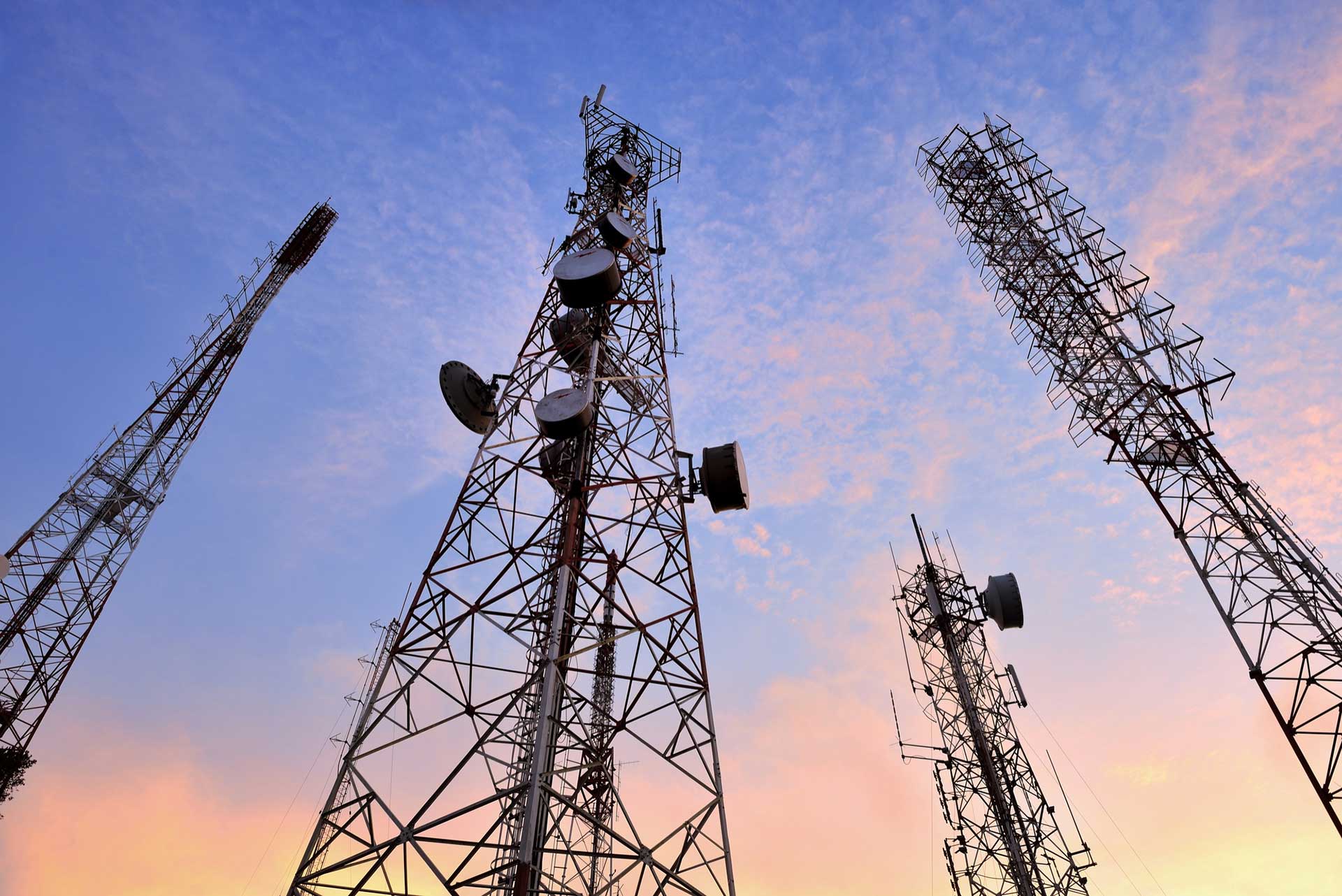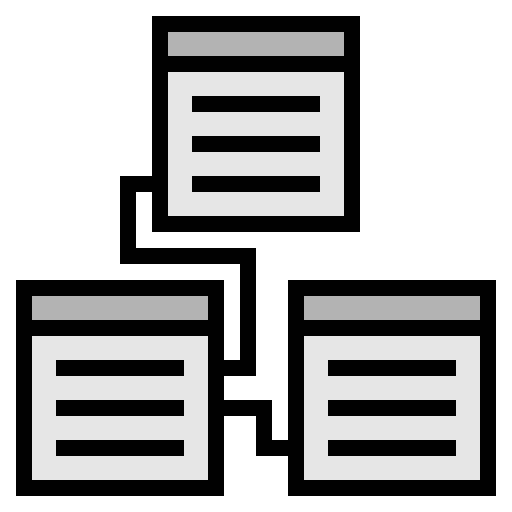
The financial sector is dealing with an increasing volume of data to be managed – data which must be stored securely and data which must move fast. Here’s a look at the many ways that the financial sector rely upon data centers.

Electronic trading drives demand
The shift to electronic trading has been a significant factor in the financial sector’s use of data centers. It has increased access to financial market data, allowing anyone with an internet connection to get involved in stock trading. Trading happens all over the world, and data centers must handle the demand and perform consistently.

Big data processing and analytics
The popularity and use of Big Data increases every year, which ultimately improves understanding of clients’ needs, their experience and behaviour models. According to the research conducted by IDC research, the banking sector invests the most money in the analysis of Big Data. This can be explained by the increase in the number of solutions and products created by FinTech companies specifically for banks to manage assets and liabilities.

Big data processing and analytics
The popularity and use of Big Data increases every year, which ultimately improves understanding of clients’ needs, their experience and behaviour models. According to the research conducted by IDC research, the banking sector invests the most money in the analysis of Big Data. This can be explained by the increase in the number of solutions and products created by FinTech companies specifically for banks to manage assets and liabilities.

Using AI to make trading decisions
When financial traders have sufficient information, they can make the most effective decisions as the market fluctuates. People are increasingly using artificial intelligence (AI) to get better results in the financial sector. AI applications require processing at well-equipped data centers. Unnecessary delays in the financial trading sector could make people miss out on opportunities that could grow their wealth.
The financial sector depends on data centers for success. That will almost certainly remain true as data-driven technologies become more advanced. This reliance means data centers must deliver high-availability environments that support their mission-critical workloads. For institutions in the financial sector, data center uptime is of upmost importance. Stay tuned for the next article in The Application Series as we explore data center uptime and performance.
















































